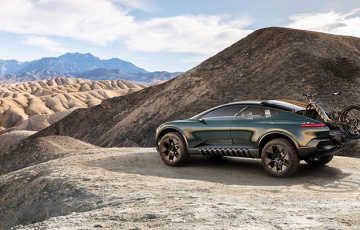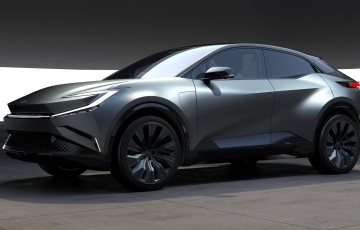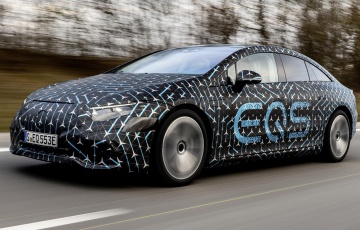Six tips to help extend the range on your electric car
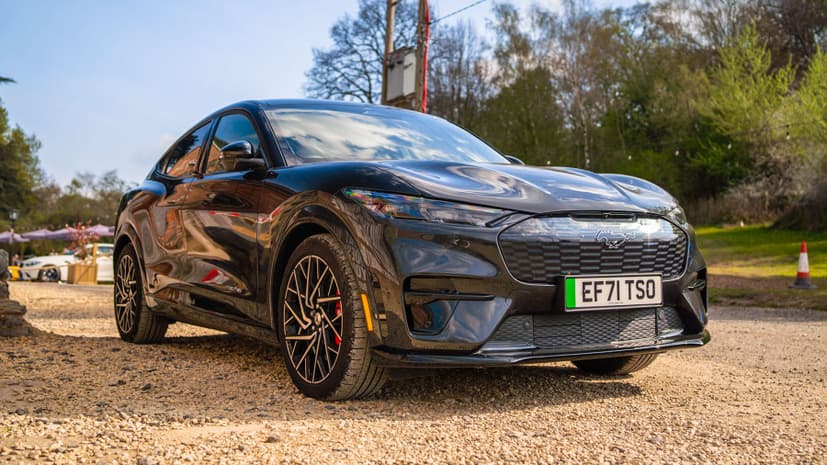
6 tips to help extend the range on your electric car
01 Buy the kind of EV suited to use, not just the biggest battery
Couple of things to remember from the start with electric cars; they don’t act like petrol or diesel when it comes to economy and efficiency, and they tend to appreciate different treatment.
But the first thing to remember is that big cars with big batteries aren’t the be-all and end-all. The best out and out range isn’t necessarily the most efficient electric car. Range is convenient (and you tend to get faster overall charging per km on public chargers), but buy the kind of car that suits your usage profile.
Mainly commuting solo in town? You don’t need an Audi Q8 e-tron. It’s also worth remembering that looking at a car’s range is a bit skewed. A kWh (kilowatt hour) battery figure is just the size of the fuel tank, so if you’re interested in efficiency, you should really be looking at the km-per-kWh figure.
That’s about how efficiently that car uses it’s electrons - and therefore more like l/100km. Anything in the high 4s is pretty good, over 6km/kWh without hypermiling is excellent.
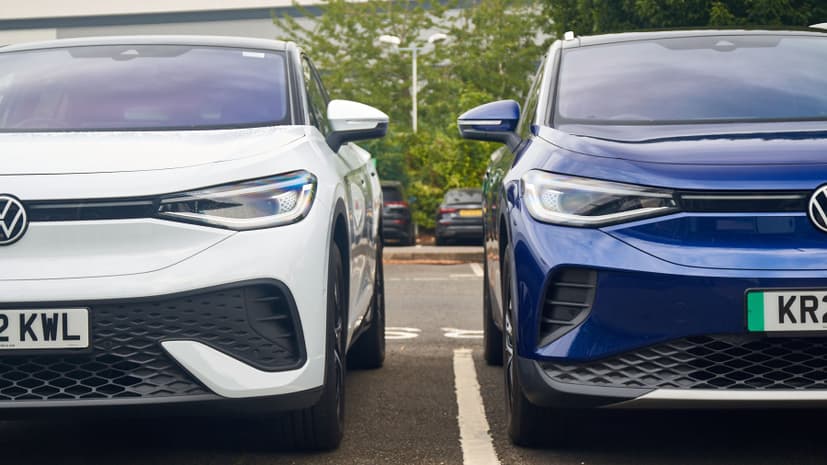
02 Be more aware of the road conditions, and use brake regen where convenient
Anticipation is a big saver when it comes to energy consumed in any vehicle, but even more so in an electric car. Be aware of what’s coming and avoid stamping on the accelerator pedal or brake if you can avoid it; accelerating a car is the most energy-intense part of the equation, so preserving momentum is key. And just slow down a bit - you’d be surprised how much further you get at 105km/h than 120.
Also, get used to your brake regeneration system and figure out when it’s useful and convenient to deploy it - most electric cars have some form of it, from relatively light to full one-pedal driving (which is when you can come to a complete stop without touching the friction brake at all - just lift from the accelerator and the car will slow).
Brake re-gen simply re-directs some of the energy lost by using the traditional brakes back into the battery, adding a little bit back for later use. It’s not going to top the battery right back up, but you’d be surprised how much it can help. TG has found it’s not as useful on a free-flowing motorway though - much better to stick to cruise control.
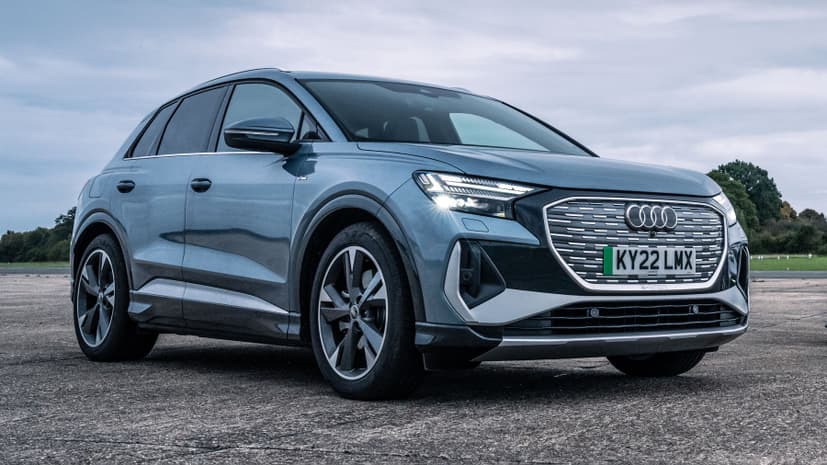
03 Know your modes
Most electric cars come with a variety of modes to choose from, and it’s worth getting to know which ones do what, and why. Usually there’s some variations along the lines of Normal, Sport and Range (or ‘Eco’).
Normal will be the usual default setting, Sport will sharpen up the throttle, make available all the power and sometimes weight the steering. An Eco or Range mode will often knock everything back for maximum efficiency, so air-con might be restricted and the throttle will feel as if it’s mainlined a tranquiliser.
Over a long journey, a Range mode might add 15-25km (depending on the car), so if that’s the difference between getting home to charge or a bit of range-based peace of mind, it’s sometimes worth it.
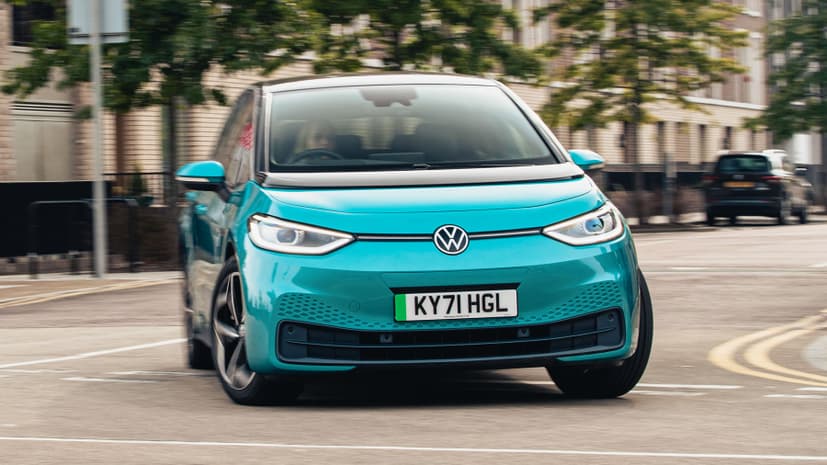
04 Pre-condition the car and use heat/cold wisely
Pre-conditioning is available on a lot of electric cars, and it’s probably the best thing you can do in winter. Basically, if you know what time you’re setting off, you can tell the car to switch on and heat up the cabin, using mains electricity – as long as its connected – rather than the car’s battery.
This is good, and often you can use an app from your phone. No range degradation and a toasty car and pre-cleared windscreen on a cold morning.
Similarly, heating up the entire volume inside a car just so that you can wear a singlet in minus ten is a bit of a waste, so it’s more efficient to wear a jumper and use heated seats and wheel – you heat yourself, rather than the whole car. Makes sense, right?
An EV doesn’t produce the same amount of waste heat as a car with a petrol or diesel engine (which is what usually runs the heating), so any energy used to warm up the car comes straight out of the battery and hence your range.
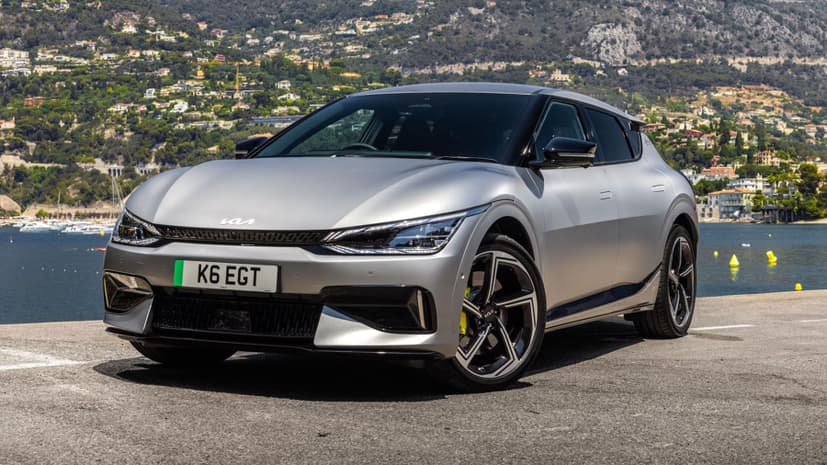
05 Check your tyres and pressures, and avoid carrying too much weight
Decent tyres and relevant pressures are a big deal when it comes to getting the most from your electric car. Tyre companies reckon that between four and 11 per cent of fuel consumption can be down to the rolling resistance of the tyre, and a ten per cent decrease in rolling resistance is equal to a one per cent improvement in fuel economy. So check those tyre pressures more than once in a blue moon.
Now, most electric vehicles already have low-rolling resistance tyres, but it’s worth having a look - tyres are rated from ‘A’ (the most efficient) all the way to ‘E’ (the grippiest, but also the least conducive to range).
If you’ve got to replace, go for one with a decent rating. In a similar vein, try not to carry excess stuff in the car all the time – if your car is heavier, it has to work harder. So ditch the kit and remember to de-mount roofracks and roofboxes when not in use – they can increase aerodynamic drag by 15-40 per cent. So it’s worth doing, even if it is a hassle.
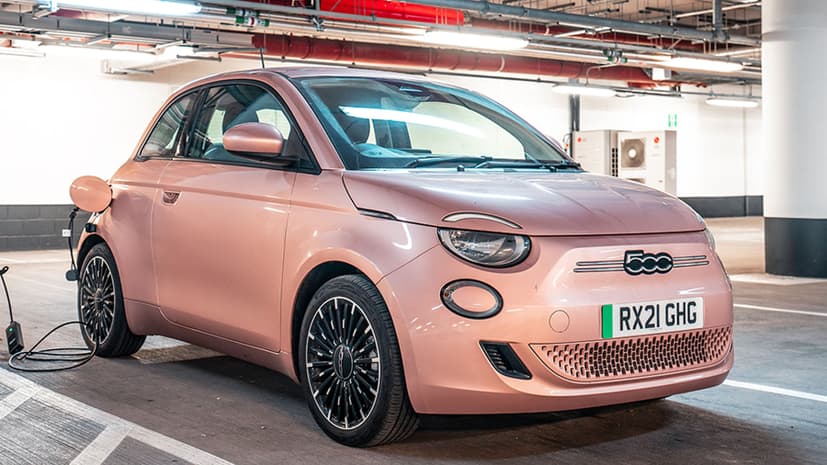
06 Plan your journey ahead and avoid motorways wherever possible
Most electric car owners who do big miles are used to checking one of the big charging apps to plan where they might charge on a journey. But it’s also worth remembering that electric cars aren’t overly fond of constant speed on a motorway when it comes to maximum efficiency.
Sometimes plugging ‘fastest route’ into your navigation app will take you on a longer-but-faster route that chips away at your range, for marginal gains. So a little bit of route planning can go a long way to preserving that range figure, and might even be the difference between having to stop for a quick top up and not.
Knowing what your car will reasonably do always helps too - the manufacturer-quoted WLTP figures are sanctioned lies, and you’ll get less in winter. It’s not a problem, but knowing how far you can get in all conditions helps with range anxiety.
STORY Tom Ford






